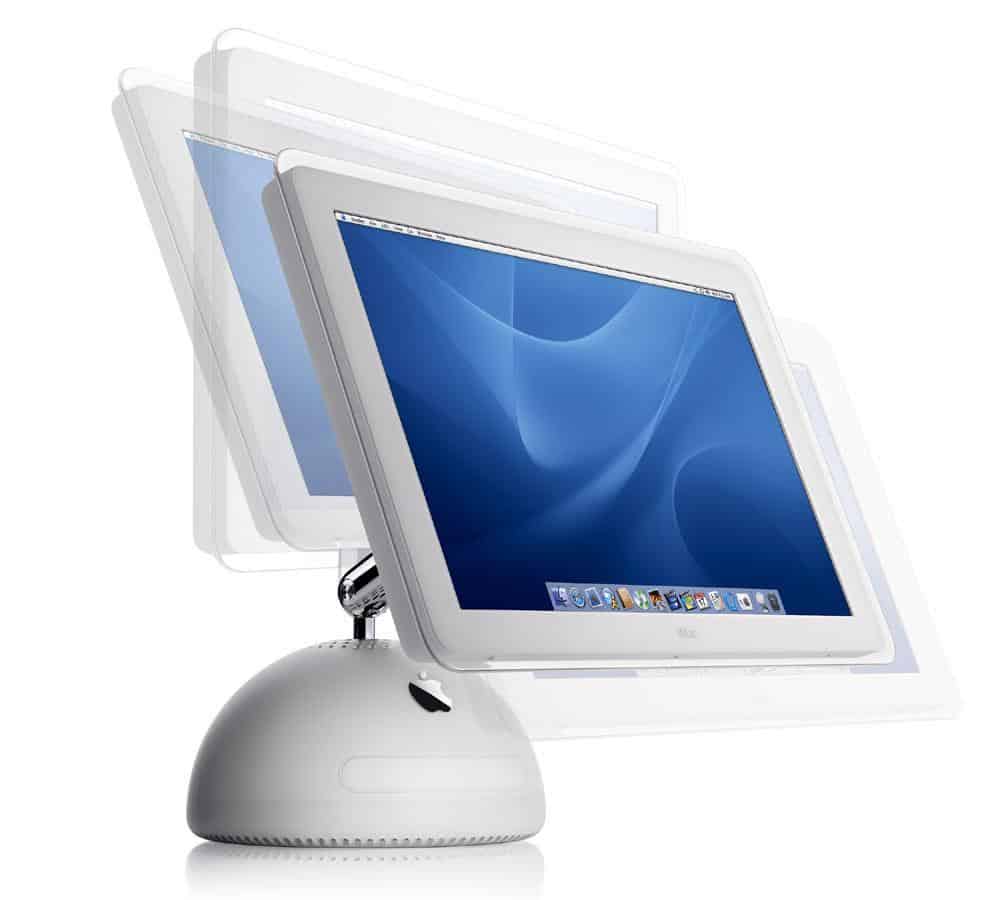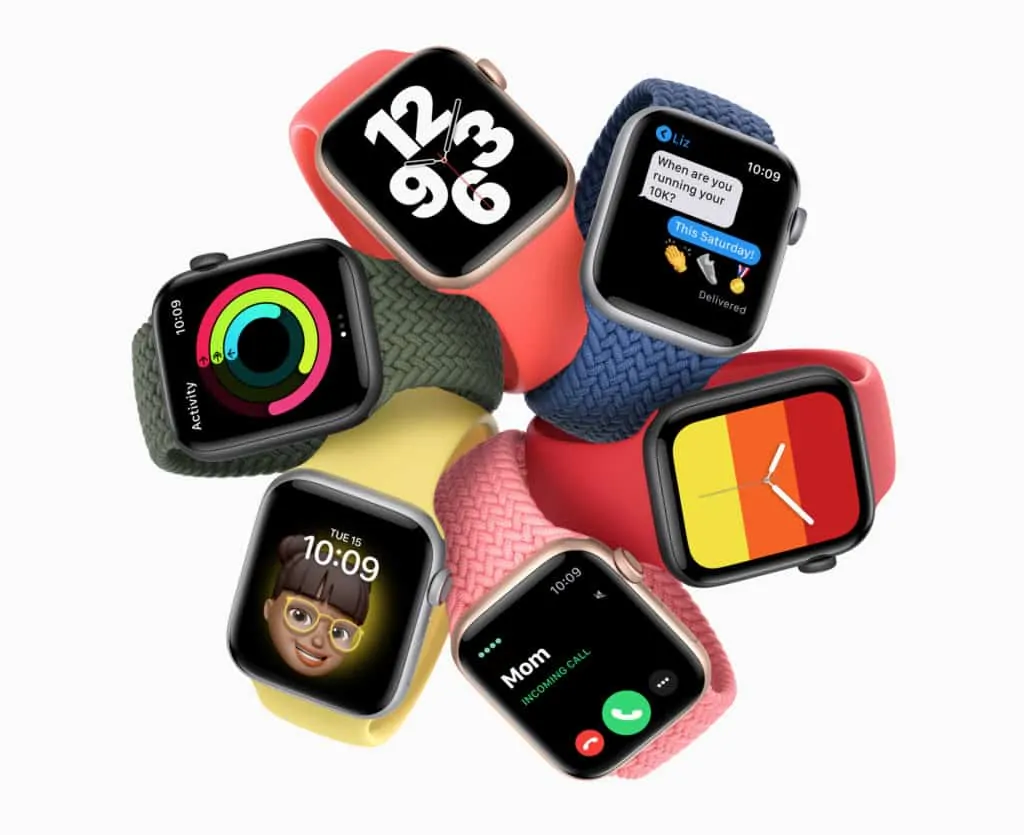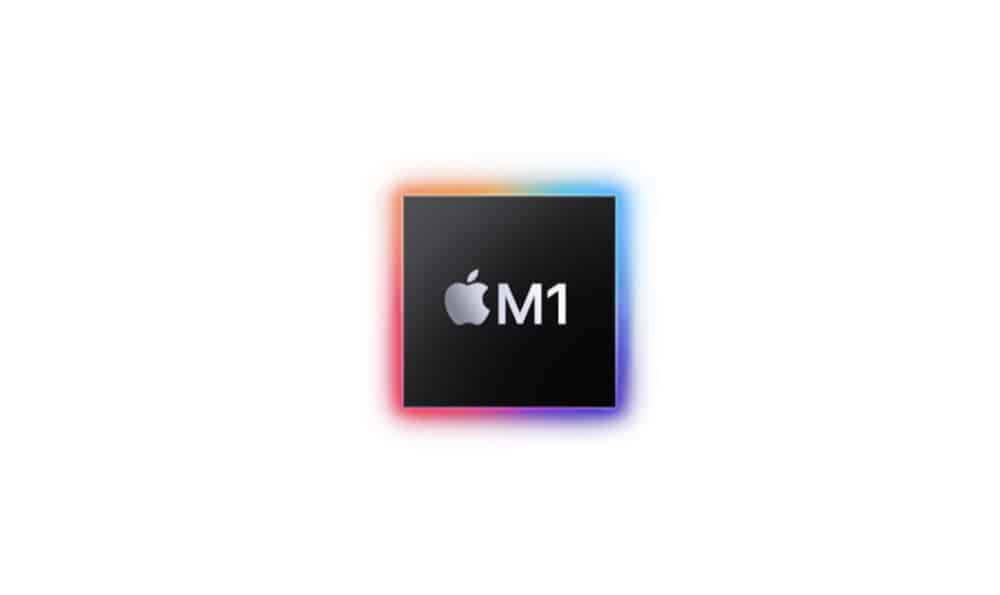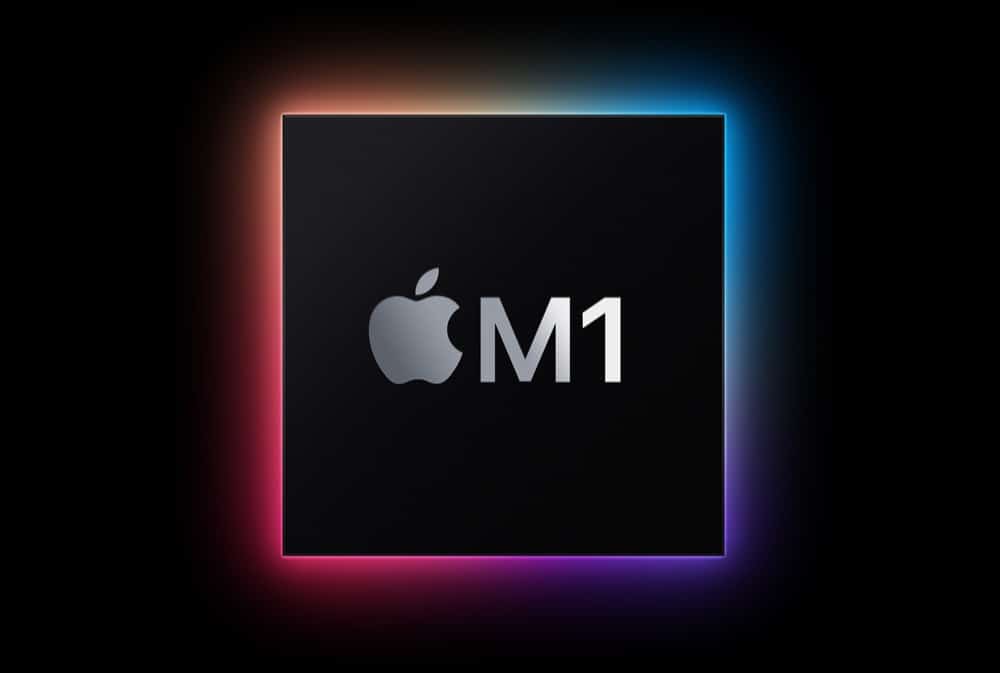As time has gone by, Apple has increasingly designed its products’ internal components.
Wondering does Apple make their own processors? It’s not a silly question. That’s because, despite hundreds of devices from dozens of manufactures (think: Microsoft’s Xbox, Sony’s PlayStation, Android phones, smartwatches, etc) few device makers make the actual processors in their products.
For example, the Xbox Series X uses an AMD processor. So does the PlayStation 5. Most Android phones use Qualcomm processors. In other words, the makers of most devices don’t make the actual chips that go inside and power the devices.

Apple’s Chip History
And for much of Apple’s device’s history, the same was true. But in recent years Apple has begun designing and making its own chips. For example, in the late 1990s and early 2000s, most Apple computers had some form of PowerPC G-series chip inside, like the G3, G4, or G5. Though these chips were synonymous with Apple computers, Apple didn’t make them – Motorola mostly did.
But in the mid-2000s, Apple switched from the Motorola-designed PowerPC chips to Intel chips. Apple did this because by the early 2000s Intel chips were the best in the personal computer market.
In other words, Apple was fine letting other companies design CPUs for its products. That is, until the iPhone…

The Apple A-series Chip
For the first serial iterations of the iPhone, Apple used chips designed by third parties, just like it had been doing for years with its computers. But then the iPhone 4 changed everything. The iPhone 4 was the first iPhone to feature a chip that was designed by Apple itself.
It was known as the A4 chip and the first of the official A-series custom Apple Silicon (the A4 actually debuted in Apple’s original iPad earlier in the year before Apple brought to the iPhone).
By taking over the design of the iPhone’s chips, Apple could better meld their hardware and software together, which lead to their devices being more powerful and less power-hungry.
An A-series chip has been included in every iPhone since the iPhone 4.
| Apple SoC | CPU | Memory | Release Date |
| A4 | 0.8–1.0 GHz single-core Cortex-A8 | LPDDR-400 Dual-channel 32-bit (64-bit) @ 200 MHz (3.2 GB/s)256 MB | April 3, 2010 |
| A5 | 0.8–1.0 GHz dual-core Cortex-A9 | LPDDR-400 Dual-channel 32-bit (64-bit) @ 200 MHz (3.2 GB/s)512 MB | March 11, 2011 |
| A5X | 1.0 GHz dual-core Cortex-A9 | LPDDR2-800 Quad-channel 32-bit (128-bit) @ 400 MHz (12.8 GB/s)1 GB | March 16, 2012 |
| A6 | 1.3 GHz[112] dual-core Swift | LPDDR2-1066 Quad-channel 32-bit (128-bit) @ 533 MHz (17.1 GB/s)1 GB | September 21, 2012 |
| A6X | 1.4 GHz dual-core Swift | LPDDR2-1066 Quad-channel 32-bit (128-bit) @ 533 MHz (17.1 GB/s)1 GB | November 2, 2012 |
| A7 | 1.3-1.4 GHz dual-core Cyclone | LPDDR3-1600 Single-channel 64-bit @ 800 MHz (12.8 GB/s)1 GB | September 20, 2013 |
| A8 | 1.1–1.5 GHz dual-core Typhoon | LPDDR3-1600 Single-channel 64-bit @ 800 MHz (12.8 GB/s)Up to 2 GB | September 19, 2014 |
| A8X | 1.5 GHz 3-core Typhoon | LPDDR3-1600 Dual-channel 64-bit (128-bit) @ 800 MHz (25.6 GB/s)2 GB | October 22, 2014 |
| A9 | 1.85 GHz dual-core Twister | LPDDR4-3200 Single-channel 64-bit @ 1600 MHz (25.6 GB/s)2 GB | September 25, 2015 |
| A9X | 2.16–2.26 GHz dual-core Twister | LPDDR4-3200 Dual-channel 64-bit (128-bit) @ 1600 MHz (51.2 GB/s)Up to 4 GB | November 11, 2015 |
| A10 Fusion | 8-core, 2.34 GHz (2× Hurricane) + 1.092 GHz (2× Zephyr) | LPDDR4-3200 Single-channel 64-bit @ 1600 MHz (25.6 GB/s)Up to 3 GB | September 16, 2016 |
| A10X Fusion | 6-core, 2.36 GHz (3× Hurricane) + 1.3 GHz (3× Zephyr) | LPDDR4-3200 Dual-channel 64-bit (128-bit) @ 1600 MHz (51.2 GB/s)4 GB | June 13, 2017 |
| A11 Bionic | 6-core, 2.39 GHz (2× Monsoon) + 1.19 GHz (4× Mistral) | LPDDR4X-4266 Single-channel 64-bit @ 2133 MHz (34.1 GB/s)Up to 3 GB | September 22, 2017 |
| A12 Bionic | 6-core, up to 2.49 GHz (2× Vortex) + up to 1.59 GHz (4× Tempest) | LPDDR4X-4266 Single-channel 64-bit @ 2133 MHz (34.1 GB/s)Up to 4 GB | September 21, 2018 |
| A12X Bionic | 8-core, up to 2.49 GHz (4× Vortex) + up to 1.59 GHz (4× Tempest | LPDDR4X-4266 Dual-channel 64-bit (128-bit) @ 2133 MHz (68.2 GB/s)Up to 6 GB | November 7, 2018 |
| A12Z Bionic | 8-core, up to 2.49 GHz (4× Vortex) + up to 1.59 GHz (4× Tempest) | LPDDR4X-4266 Dual-channel 64-bit (128-bit) @ 2133 MHz (68.2 GB/s)6 GB | March 25, 2020 |
| A13 Bionic | 6-core, up to 2.65 GHz (2x Lightning) + up to 1.8 GHz (4x Thunder) | LPDDR4X-4266 Single-channel 64-bit @ 2133 MHz (34.1 GB/s)Up to 4 GB | September 20, 2019 |
| A14 Bionic | 6-core, up to 3.0 GHz (2x Firestorm) + up to 1.823 GHz (4x Icestorm) | LPDDR4X-4266 Single-channel 64-bit @ 2133 MHz (34.1 GB/s)Up to 6 GB | October 23, 2020 |
| A15 Bionic | 6-core, up to 2.93 or 3.23 GHz (2x Avalanche) + up to 2.016 GHz (4x Blizzard) | LPDDR4X-4266 Single-channel 64-bit @ 2133 MHz (34.1 GB/s)Up to 6 GB | September 24, 2021 |
| A16 Bionic | 6-core, up to 3.46GHz (2x Everest) + up to 2.02GHz (4x Sawtooth) | LPDDR5-6400 Single-channel 64-bit @ 3200 MHz (51.2 GB/s)Up to 6 GB | September 7, 2022 |

The Apple S-series Chip
But Apple was just getting warmed up with the A-series chips. When Apple introduced the Apple Watch years later, the Watch shipped with custom Apple silicon too. The CPU in the Apple Watch is known as the S-series.
The Apple T-, W-, H-, & U-series Chip
Yeah, this isn’t a joke: Apple actually makes a TON of custom processors. For example, the Apple T-series, which includes the T1 and T2, is a system controller found in MacBooks and iMacs.
The W-series was the custom chip found in the original AirPods. The H-series is the predecessor to the W-series and is found in newer AirPods.
Finally, the U-series is a chip, the U1, found in various Apple devices including iPhones, HomePod mini, Apple Watch, and AirTags. The U-series allows devices to know where they are to a hyper-local extent.

The Apple M-series Chip
But what most people mean when they ask “does Apple make their own processors?” is “does Apple make their own laptop and desktop processors. And that answer is yes. Starting in 2020, Apple began transitioning away from Intel chips in its Mac computers.
In 2020, Apple introduced the M1 chipset and in 2021 Apple introduced the M1 Pro and M1 Pro Max chipsets. Now an M-series chip powers all MacBooks and iMacs. Apple is expected to finish transitioning its computers (the Mac Pro) to M-series chips by the end of 2022.


